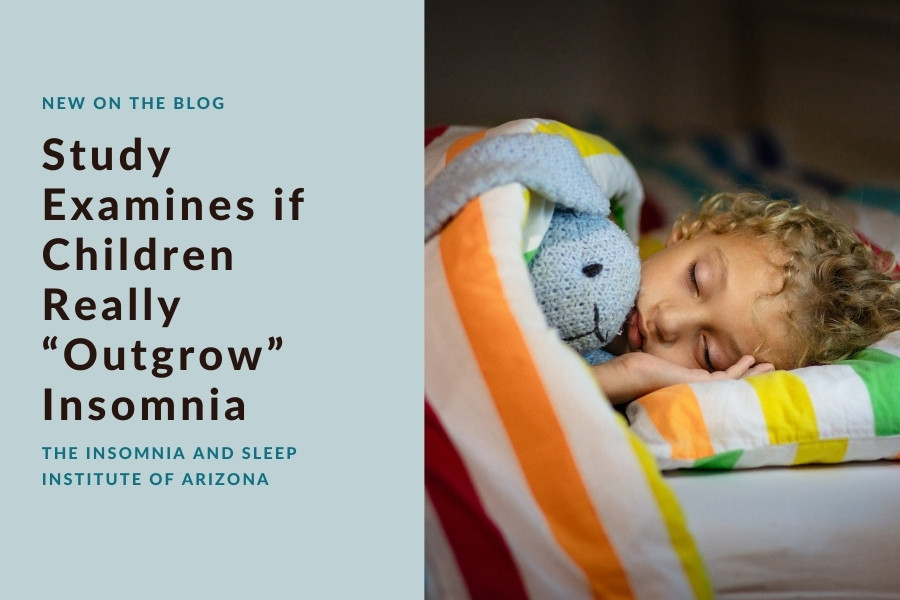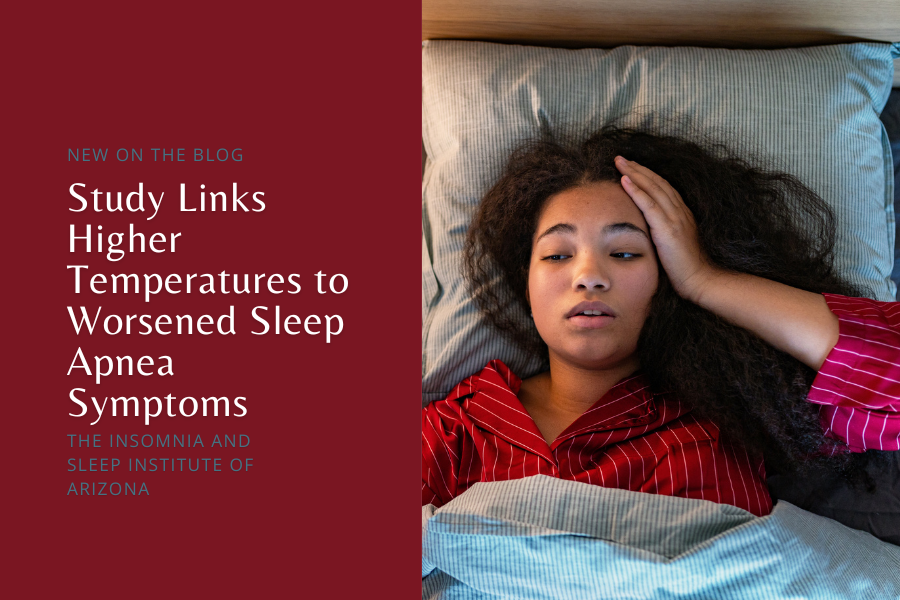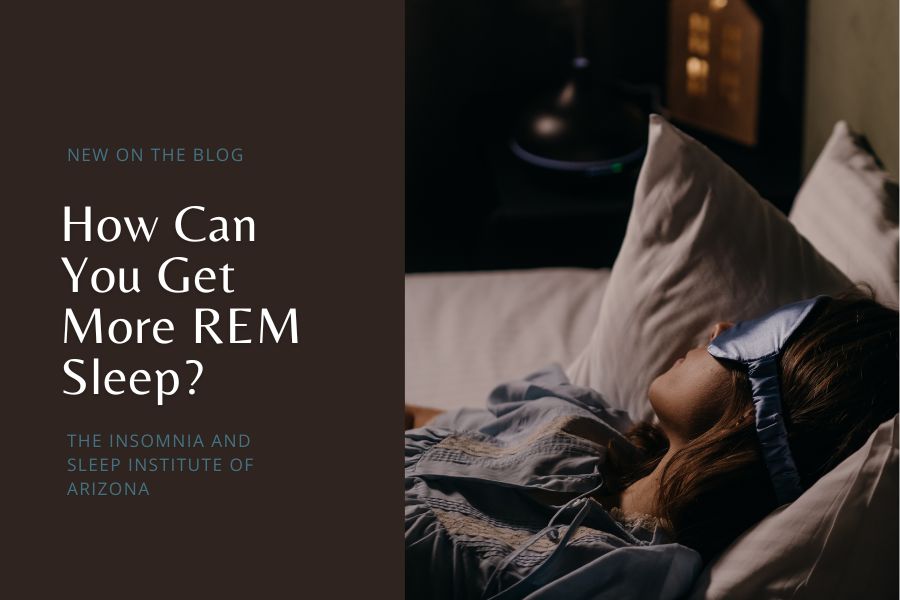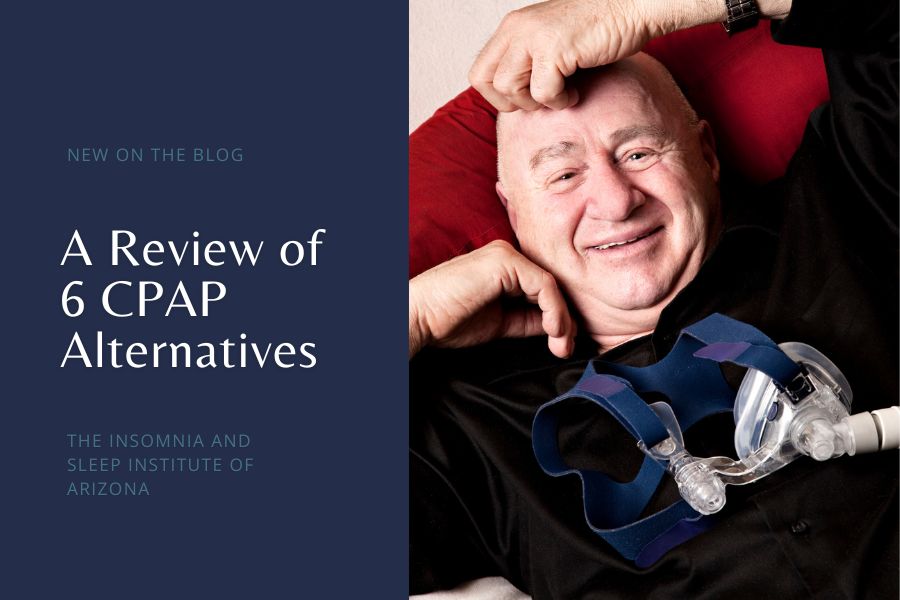Anyone who has a child knows that they don’t necessarily practice what we call “good sleep hygiene.” Children have different sleep needs and cycles than adults, but children can also have sleep disorders (just like adults). This is why at The Insomnia and Sleep Institute of Arizona we treat patients as young as two years old. Led by the “Top Doc” in the area for the last six years, triple board-certified Dr. Ruchir P. Patel, we are staffed by sleep specialists concentrating in sleep medicine. Insomnia is one of the most common sleep disorders, which is why we are also home to a clinical psychologist focused on cognitive behavioral therapy for insomnia (CBT-I).
It might feel like your child has a severe case of insomnia at times—perhaps because they do. Children certainly suffer from insomnia, but many parents think (or hope) they will “outgrow” it. This is a bit of an old wives’ tale, as the latest research from Penn State College of Medicine reveals that children with insomnia symptoms are “significantly” more likely to actually develop insomnia when they grow up. The full study can be found in Pediatrics.
Children and Sleep Struggles
These children do not have to wait long for insomnia to take hold, often in their late teens. According to one of the researchers, “Young adulthood is a stage in life where there is a documented increase in the severity and prevalence of physical and mental health problems, such as cardiovascular disease and suicide rates.” It is, then, not so surprising that this is when chronic insomnia can take hold. In fact, it is a co-morbidity with the other listed issues.
The researchers explain, “Sleep disorders—especially sleep apnea and insomnia—are linked with poorer cardiovascular and mental health.” So, just how prevalent is insomnia in young people? The researchers reveal that about 25 percent of children, 35 percent of adolescents, and 45 percent of “young adults” have insomnia symptoms. These staggering figures were the catalyst for the study, as researchers wanted to see how symptoms changed over time as the shift from childhood to adulthood took place.
Insomnia Figures
The study was longitudinal and began in 2000. It was designed to be a population-based, random study of children who were 5 – 12 years old when it began. Both the children and parents reported on insomnia symptoms, which (for the study) was defined as “moderate to severe difficulties initiating and/or maintaining sleep.” The child participants also took part in an in-lab sleep study with polysomnography, the most common tool to identify sleep apnea and overall quality and quantity of sleep. In total, 502 children were followed up with 7.4 years after the initial testing. By this time, the median age was 16. Afterwards, these participants were followed up 15 years later when they were “young adults” at 24 years old.
The findings show that 43 percent of children who had insomnia symptoms continued to have them throughout the study. Around 27 percent of children with insomnia symptoms did have remission in adolescence, though. However, 19 percent had a “waxing and waning” insomnia pattern by the time they reached adulthood. Of the control group (children without insomnia symptoms), 15 percent developed symptoms in adolescence that persisted to adulthood while 21 percent developed symptoms in adulthood. Furthermore, the study found that adolescents who slept for short period in-lab were 5.5 times likelier to have worsening insomnia in adulthood.
What This Study Means for Insomnia
“Parents and clinicians should not assume that insomnia symptoms are benign complaints that will go away with age,” warn the researchers. Instead, they urge for early intervention in order to avoid the adverse health outcomes that are linked to insomnia. If you or your child struggle with insomnia, the first step is a consultation with a sleep specialist who can diagnoses sleep disorders. Call The Insomnia and Sleep Institute today, or for the quickest response complete the online form.








